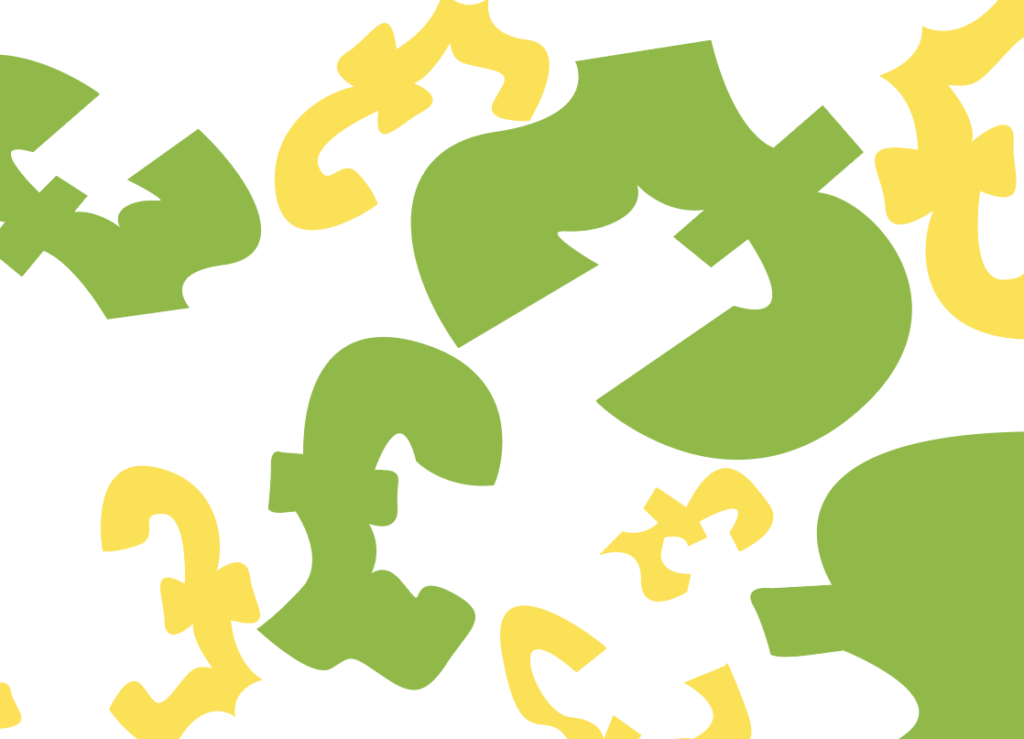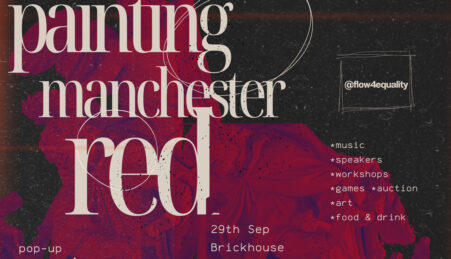The cost of living crisis has cast dark shadows across the nation. Energy bills are increasing, rent prices are soaring as the supply of affordable housing plummets, and the effects of climate change are unravelling before our eyes. So why is it that some young people find light in retail therapy?
While the outside world is rife with chaos, social media continues to promote a luxury lifestyle by encouraging users to keep up to date with the latest trends and fast fashion hauls. The promise of shiny new packages and polyester clothing offering a quick dopamine hit is obtainable for everyone – regardless of budget. How? Buy Now Pay Later (BNPL).
BNPL schemes echo similar traits to former payday lenders such as Wonga, which allowed customers to rack up unaffordable amounts of debt due to lack of regulation. Now, BNPL options like Klarna and Clearpay offer shoppers the appealing option to purchase items instantly but pay later.
“By the time I realised how deep in debt I was, it was too late,” shares Chloe, a 20-year-old student from Blackpool.
Surrounded by yesterday’s trendy clothing and parcels past their return date, university student Chloe noticed how easy it was to drown in outstanding payments and late fees: “I’d maxed-out [my] student overdraft and owed almost a grand in repayments.
“It got to the point where I was too scared to open my emails because my inbox was flooded with reminders for a next payment or that I’d missed a payment, so now I have to pay a late fee.”
One study from Credit Karma, found 58 per cent of BNPL users are utilising it to try and manage the rising cost of living.
This has sparked concern that younger people could fall into debt or end up with a poor credit score if they fail to make repayments on time.
With the continued glamorisation of consumerism online, people aged 18-24 from lower-class backgrounds are disproportionately impacted by unscrupulous BNPL marketing tactics. And a surge in the cost of living has reflected in the price of clothing and footwear, perpetuating a vicious cycle of debt.
Chloe explains shopping websites enticed her to continue using Klarna: “It was advertised as ‘safe’, so why wouldn’t I go for the option where I pay as little as possible?”
Like Chloe, 26 per cent of shoppers regret using BNPL. “I was buying clothes I couldn’t afford just to make myself feel better, and in the end it made me feel worse,” she adds.
Critics of BNPL have raised concerns over the sufficiency of their ‘soft credit check’ assessments given that lenders cannot see the borrowing status with other companies. This allows vulnerable customers like Chloe to be eligible for multiple short term agreements.
Sue Anderson, Head of Media at UK debt charity, StepChange, explains BNPL schemes are deliberately marketed to less financially experienced consumers – as a means of payment rather than as a form of credit.
“There is currently very little friction to prevent consumers building up significant amounts of cumulative debt. These concerns become magnified due to the targeting of these products on social media at younger people – a group that has a greater risk of experiencing problem debt,” says Anderson.
Research from Money.co.uk highlights a growing trend in BNPL due to social media influencer promotion. Responding to the consumerist culture promoted online, sustainable fashion activist Aja Barber says: “We are raised to think we are consumers from a young age. It is pushed upon you that buying things will make you feel better.
“[BNPL companies] exploit the working class, dangling the opportunity to ‘keep up with the Joneses’ by buying the shiny new clothes that influencers are wearing now and worrying about the debt later. But this doesn’t just hurt people’s pockets; it harms the planet too.”
The fast fashion industry contributes 92 million tonnes of textiles waste to landfills every year making the industry one of the largest contributors to climate change.
A report published by Money.co.uk noted one in six shoppers admitted to using BNPL to fund their purchases because they got carried away and purchased more than they could afford.
“My generation is heavily influenced by what we see online,” says Chloe. “It’s easy enough for older adults to say ‘take no notice’, but the feeling of being an outsider for not having whatever the current trend is isn’t new.
“I remember being worried when I was in school for things like not having the same River Island bag that everyone else was wearing. It seems minor now, but it sticks with you.
“I think the reason people don’t talk about it much is because of shame. It’s not a particularly nice thing to admit that I got into debt because I was buying clothes I couldn’t afford.”






Leave a reply